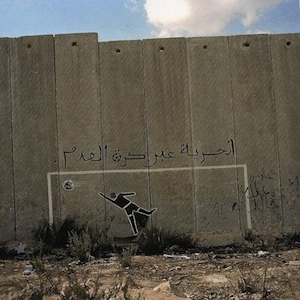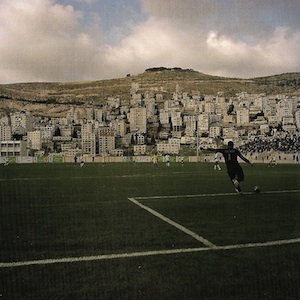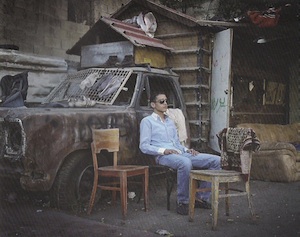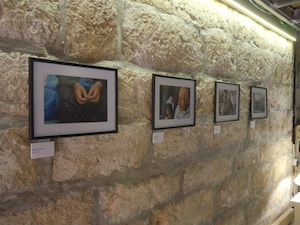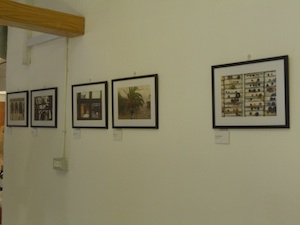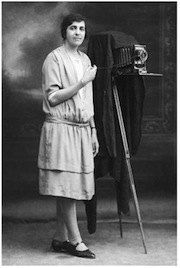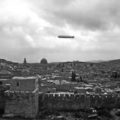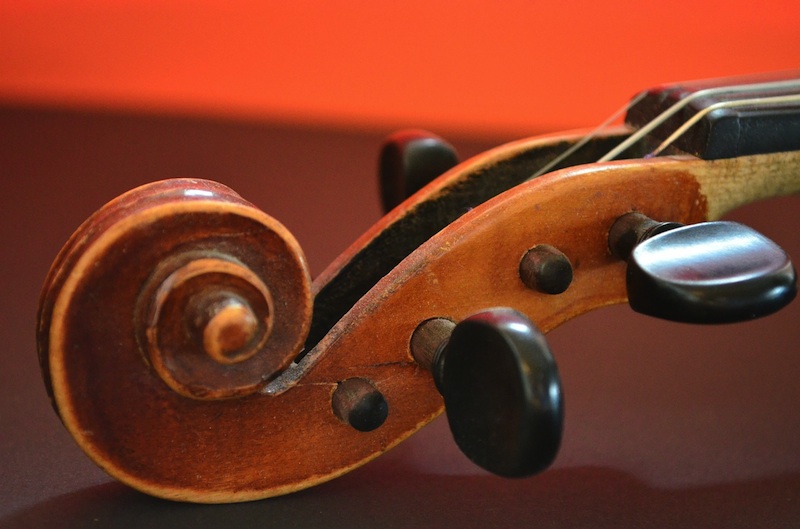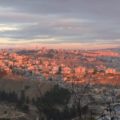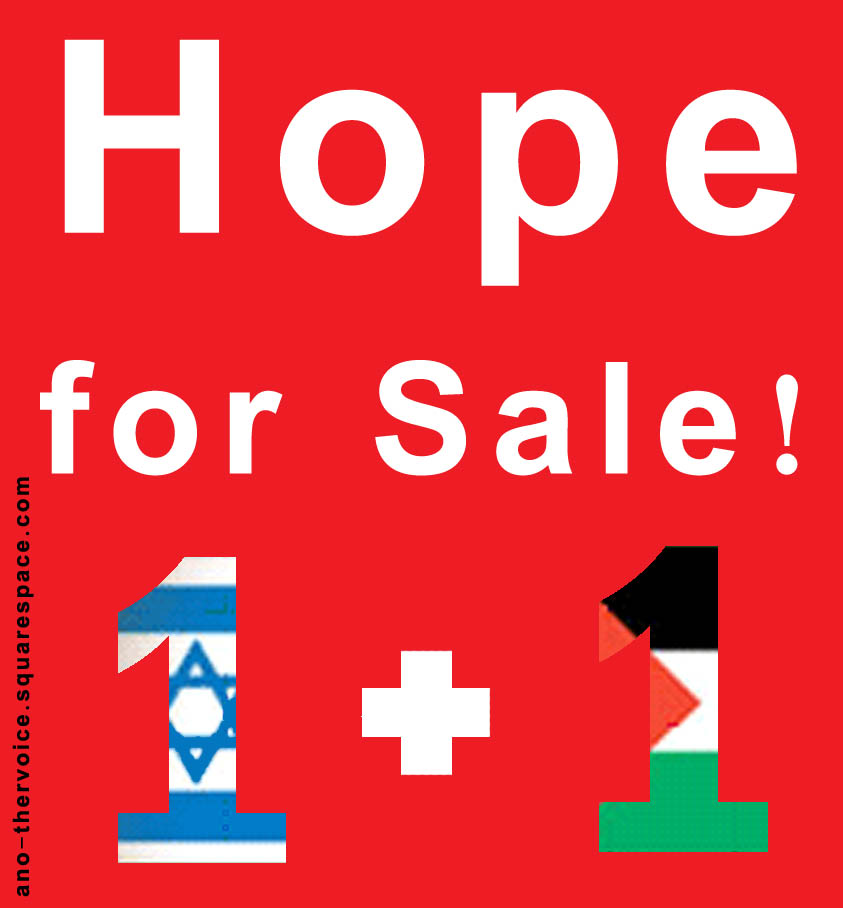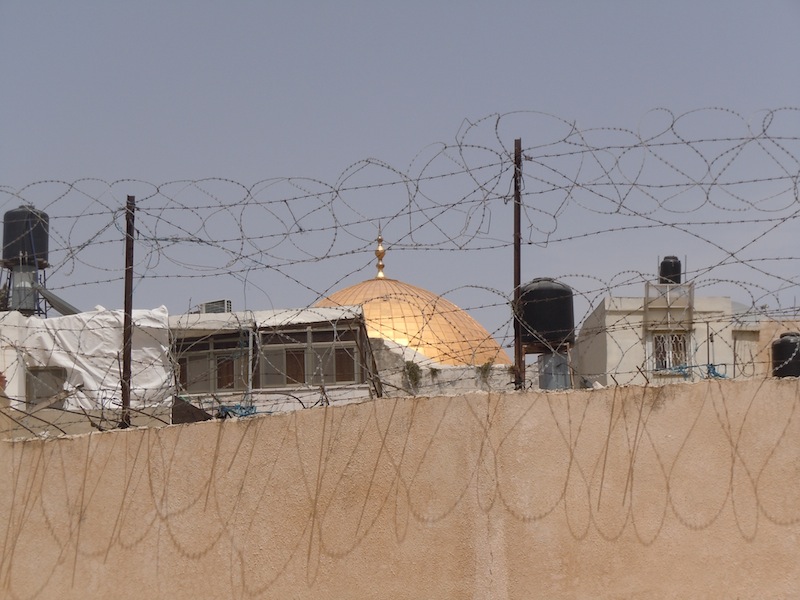
Claudiaexpat tells us about some photo exhibitions she recently saw in her host city, giving us an idea of the lively scene of photography in Jerusalem.
It might have been a coincidence, but since the Expatclic team decided to dedicate the month of June to Photography and Expatriation, and to launch the second edition of its photo contest, photography in Jerusalem has had a boost, with a plethora of photographic exhibitions, events and discoveries related to photograph.
The first one was the exhibition of Amélie Debray, a French photographer who wanted to document the passion for football in Palestine. Having worked on the same subject in France and South Africa, during her trip to Israel, Amélie decided to extend her artistic research; the result was a photographic exhibition on display in one of the most fascinating places in Jerusalem : the ‘Al-Quds University Study Centre, a cultural center linked to Al-Quds University, which is located at the Suq Al Qattin, inside an old caravanserai which has preserved all of its charm. The exhibition was displayed in an old Turkish bath in the center – now unused because Israeli authorities deny permission to rehabilitate it and use it – a fascinating place in which we were entertained for a long time looking at Amelie’s beautiful pictures.
The same night we visited the Al Hoash Gallery, an art gallery in the heart of East Jerusalem, run by a dynamic group of young artists, where there was a wonderful photo exhibition which collected the photos that participated in their fourth edition of the “I have something to say” photography competition. The initiative aimed at promoting our perception of the visual and its relationship with political and social contexts.
The participants, all young photographers, submitted from 3 to 5 photos and a text in which it was explained “what they had to say.” 32 photographs were received from cities, villages and refugee camps in Palestine. The first prize went to Dima Khouri, who put forward a series of photos on couches and their function in the geography of Palestinian lives. We were lucky enough to meet Dima at the exhibition, who told us how she got the idea.
“The couch has an important function in’ the wait’, which is an all too present element in the lives of Palestinians. My thoughts were drawn primarily from the sofas outside the checkpoints and gates that surround the property occupied by Israeli settlers. The Palestinians, who legally own the land, that they still work, must wait, sometimes for hours, until the gates are opened and they are given access. Here comes the old sofa into the picture. Usually placed under a tree (if there is one), it becomes the focal point of activities that develop during the wait“.
But not only at the check-points does the sofa make its appearance. With curiosity and patience, Dima began photographing couches everywhere she saw them – under a tree, against a wall, under a shed, until she realized there was pattern around the sofa in everyday local life. The result was an almost funny report (except that sometimes it is rather tragic), which earned her the top prize.
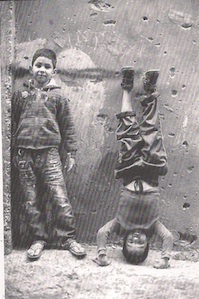
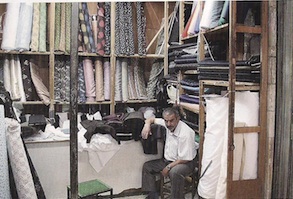
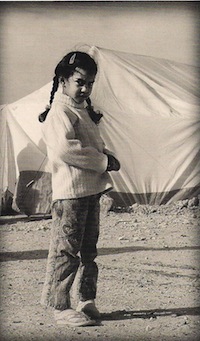
Besides the great pictures of Dima there were many others. In some cases I do not know if I was more struck by the images or by the texts, but all invariably had much to say.
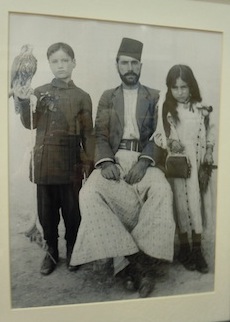 A couple of days later I went to the inauguration of an exhibition at the Chateaubriand French Cultural Centre, by the title “Visages du Proche Orient” (Faces of the Near East). The exhibition included some photographs that are part of the collection of the Biblical School of Jerusalem, which I discovered to my surprise and excitement, has a collection of 20,000 (TWENTY THOUSAND) daguerreotypes from 1880 onwards by various photographers, including the increasingly well known figures of Antonin Jaussen (1871-1962), professor of the Bible School, epigrapher, great connoisseur of Oriental languages, and explorer, and Raphael Savignac, who traveled in Palestine, Jordan, and Syria and the north of today’s Saudi Arabia.
A couple of days later I went to the inauguration of an exhibition at the Chateaubriand French Cultural Centre, by the title “Visages du Proche Orient” (Faces of the Near East). The exhibition included some photographs that are part of the collection of the Biblical School of Jerusalem, which I discovered to my surprise and excitement, has a collection of 20,000 (TWENTY THOUSAND) daguerreotypes from 1880 onwards by various photographers, including the increasingly well known figures of Antonin Jaussen (1871-1962), professor of the Bible School, epigrapher, great connoisseur of Oriental languages, and explorer, and Raphael Savignac, who traveled in Palestine, Jordan, and Syria and the north of today’s Saudi Arabia.
Father Jean-Michel de Tarragon, curator of the photographic exhibition, explained that the idea of an exhibition with emphasis on the faces of the Middle East of the time, came to him while he was patiently scanning the daguerreotypes in the collection. He liked the spontaneity of the subjects portrayed by Savignac and Jaussen: a fellow traveler, a family in a village, a camel keeper, a Bedouin guide. The exhibition brings together photographic gems indeed – both for technical quality and intensity of expression – which the exhibition’s curators have chosen without any ethnic pretension. The selection of photographs on display was driven by emotion, astonishment, by a smile.
The choice of the next event proved very hard: on the same night there was the opening of an exhibition and art space in the Old City, with a photographic exhibition and other events, while at the Educational Bookshop in Salah Adin a documentary about Karimeh Abbud, the first Palestinian woman photographer, was presented. I chose the first, both out of curiosity and a desire to support the young artists who had renovated the space and made it available to the public, and later I did some research on Karimeh Abbud (see box below).
The Ma’mal LAB is made up of a group of young professionals working in arts and culture in the Old City of Jerusalem. In a beautiful house near New Gate, these young people share a space in which they work, each in their field – architects, photographers and painters, moving their desks according to the collective needs.
The group organizes various courses, and cultural events. On the evening of the inauguration they presented a photo exhibition which brought together the work of students from a photography course that had just ended. Throughout the course the students were able to practice what they learned about the basics of photography. The theory was followed by tours in various parts of Jerusalem, during which the students developed a discussion on the topic “The City”. The exhibition presented on opening night collected the most significant photographs of these future Palestinian photographers.
I stop here, but I could go on, because the initiatives around photography not only as artistic expression, but also as a powerful means of testifying to the Palestine of the past and present, continue to flourish in this fascinating city.

